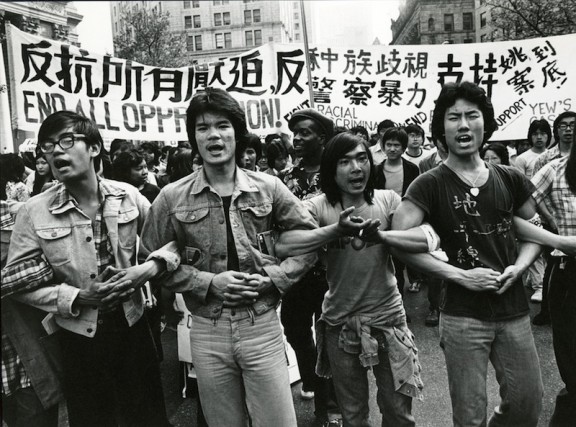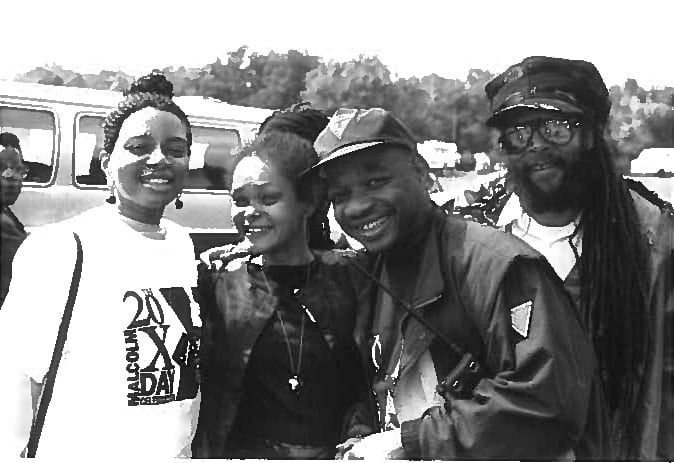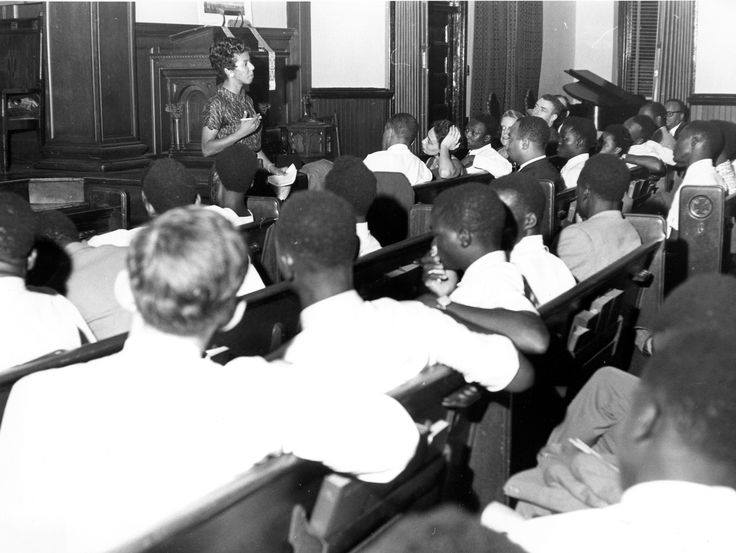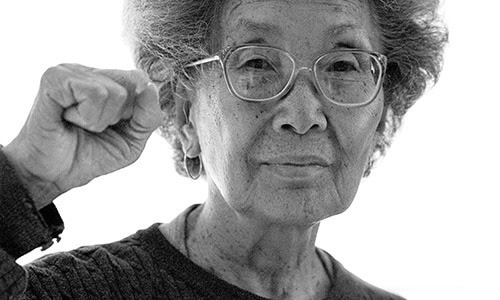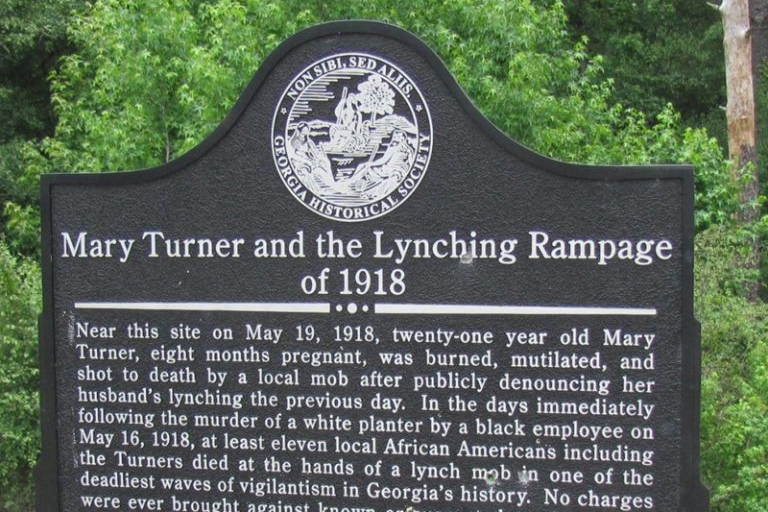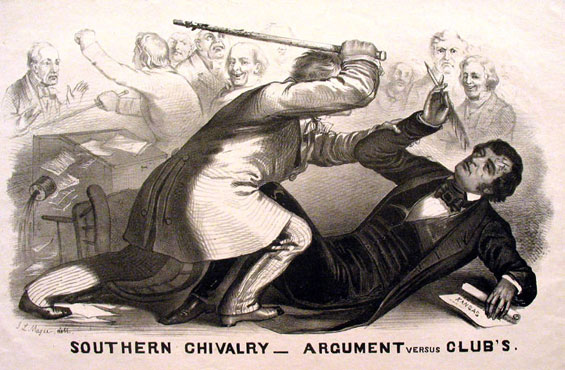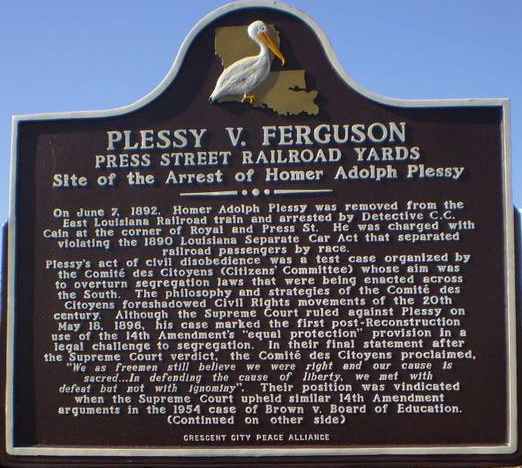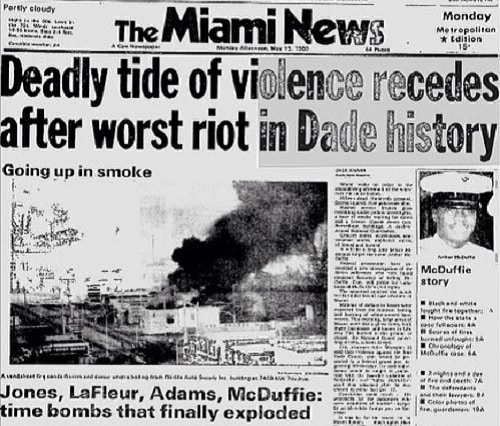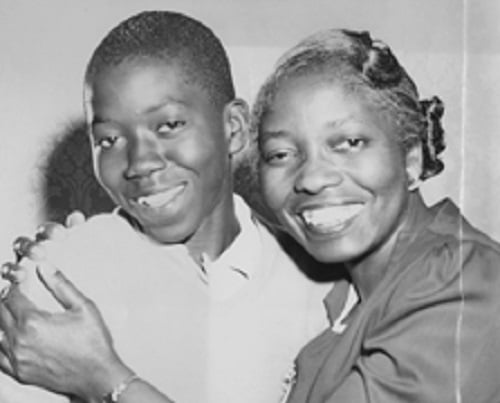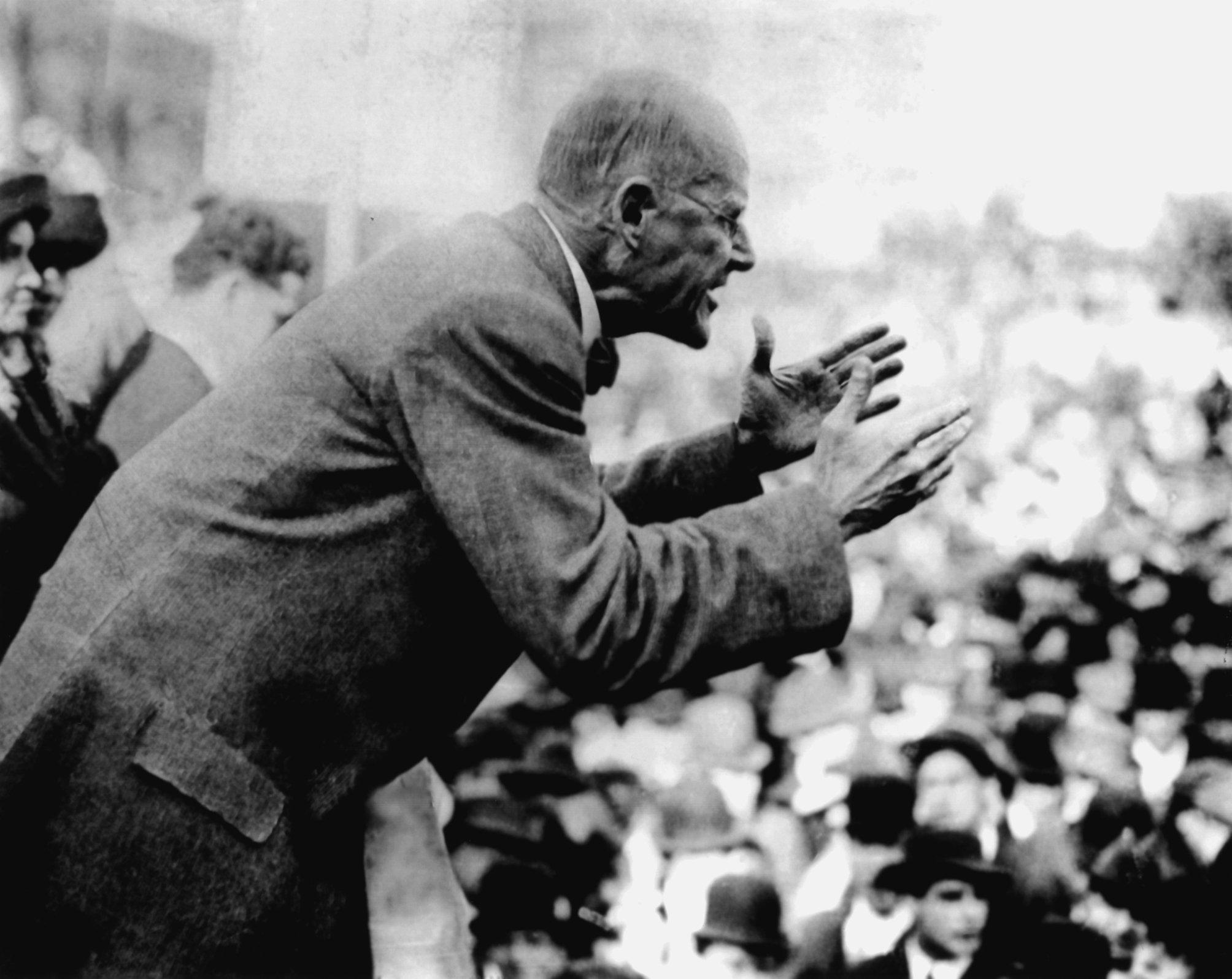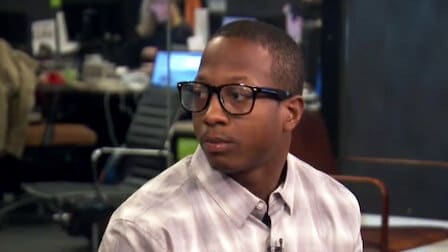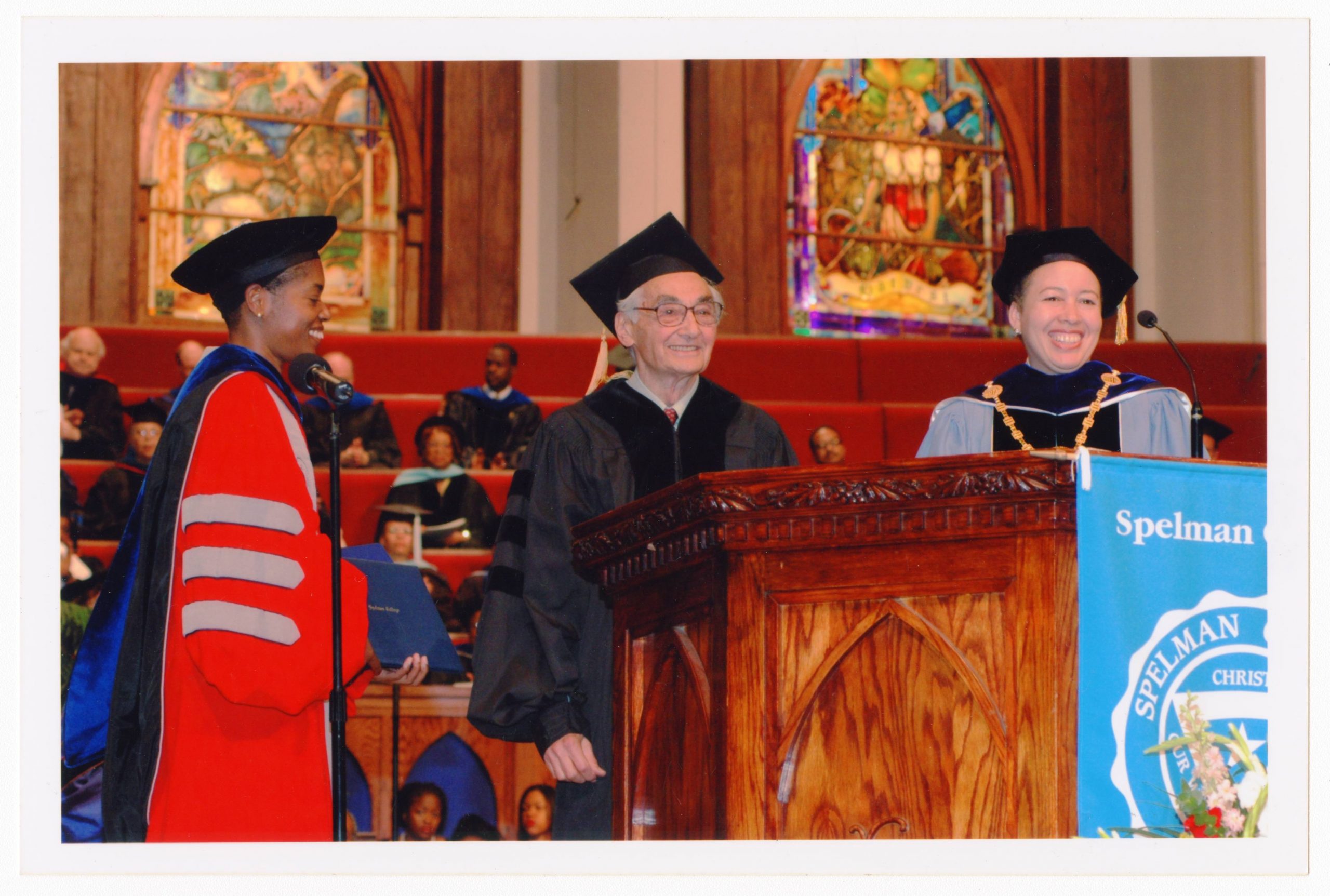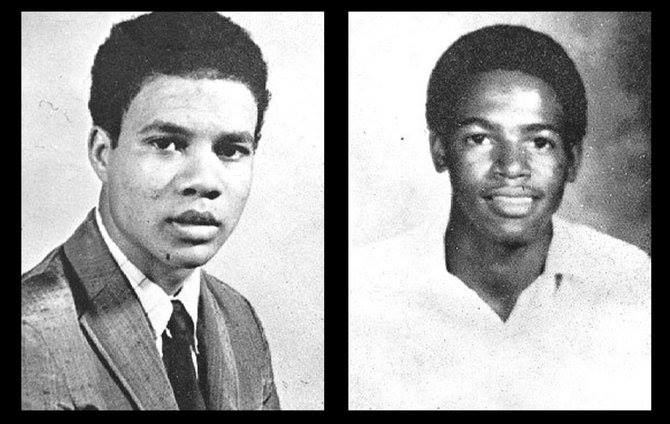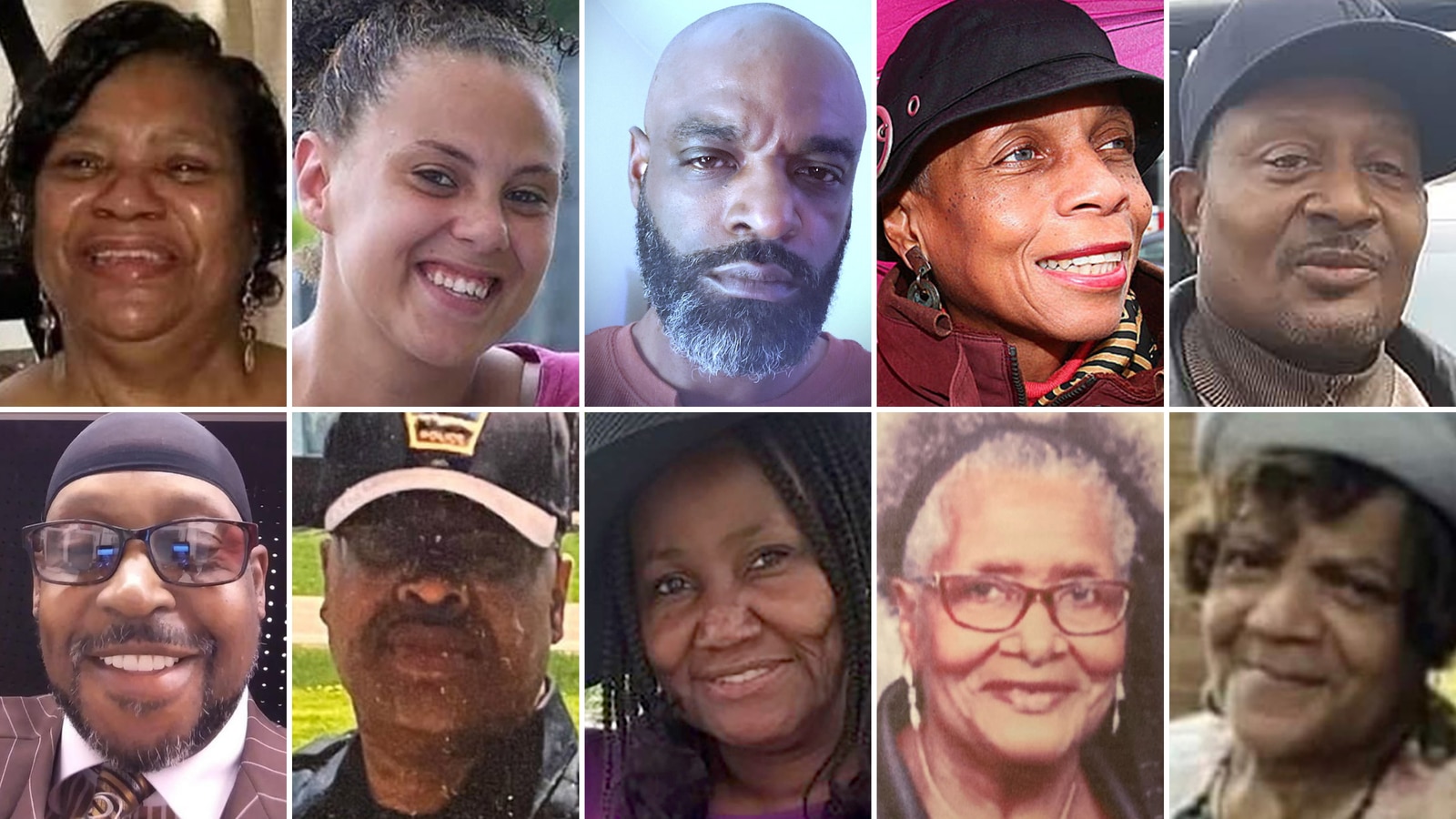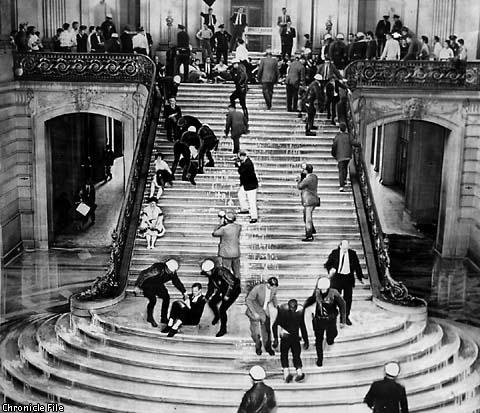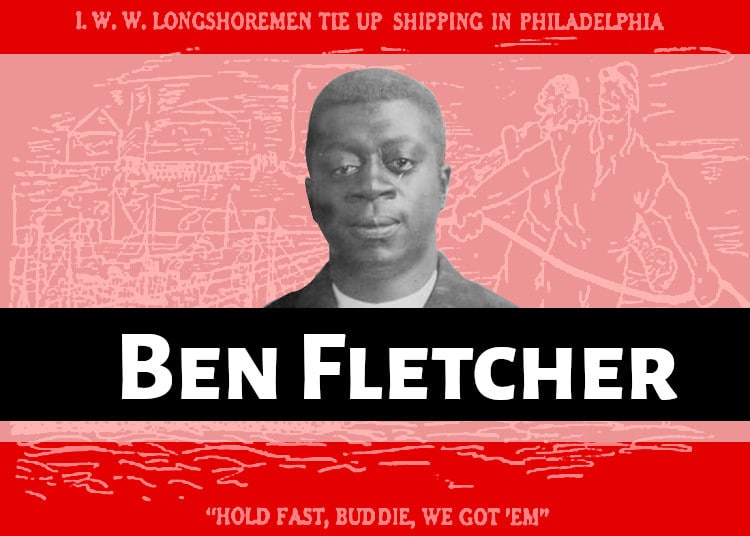Virtually every shop and factory in Chinatown was closed, with signs posted windows and on doors reading “Closed to Protest Police Brutality” to protest the beating of Peter Yew.
Continue reading
In a personal essay about the longest-running, largest annual event to celebrate the legacy of Malcolm X, Charles Stephenson describes the celebration’s founding and impact of that day in history.
Continue reading
Lorraine Hansberry was an author and activist who wrote “A Raisin in the Sun.”
Continue reading
Political activist Yuri Kochiyama was born in San Pedro, California.
Continue reading
Mary Turner, a young African American woman who was eight months pregnant, was lynched in Lowndes County, Georgia.
Continue reading
Charles Sumner delivered a speech denouncing slavery and the need for Kansas to become a free state.
Continue reading
Plessy v. Ferguson upheld the constitutionality of racial segregation laws for public facilities.
Continue reading
Following the acquittal of four Miami police officers in the brutal murder of Arthur McDuffie, Black residents rose up in protest at the injustice of these acquittals.
Continue reading
Nine people entered the Selective Service Offices, removed and burned draft records, and were collectively arrested in protest of the Vietnam War — they became known as the Catonsville Nine.
Continue reading
After decades of organizing and strategic efforts by parents, teachers, lawyers, and more — the U.S. Supreme Court issued the unanimous decision in Brown v. Board of Education on school segregation.
Continue reading
With the help of the NAACP, local African American parents in South Carolina fought back against school segregation in a case that eventually helped to end segregation of public facilities across the nation.
Continue reading
The Sedition Act of 1918 was enacted to extend the Espionage Act of 1917. It forbade the use of “disloyal, profane, scurrilous, or abusive language” about the U.S. government.
Continue reading
Studs Terkel was an author, activist, historian, and broadcaster.
Continue reading
Kalief Browder was arrested at the age of 16 for allegedly stealing a backpack weeks before in the Bronx.
Continue reading
Howard Zinn gave the commencement address at Spelman University, at the invitation of President Beverly Daniel Tatum.
Continue reading
College student Phillip Lafayette Gibbs (21) and high school student James Earl Green (17) were killed by the police during an anti-war protest at Jackson State College.
Continue reading
Twenty-one teachers at the Elloree Training School were fired when they refused to sign an oath denying membership in the NAACP.
Continue reading
After posting a racist manifesto online before targeting a majority-Black neighborhood, a white supremacist killed ten people at a grocery store in Buffalo, New York.
Continue reading
Peaceful protesters formed a picket line at the House on Un-American Activities Committee hearings.
Continue reading
More than four thousand Philadelphia longshoremen, organized by African American IWW leader Ben Fletcher, went on strike and shut down one of the busiest ports in the United States.
Continue reading


